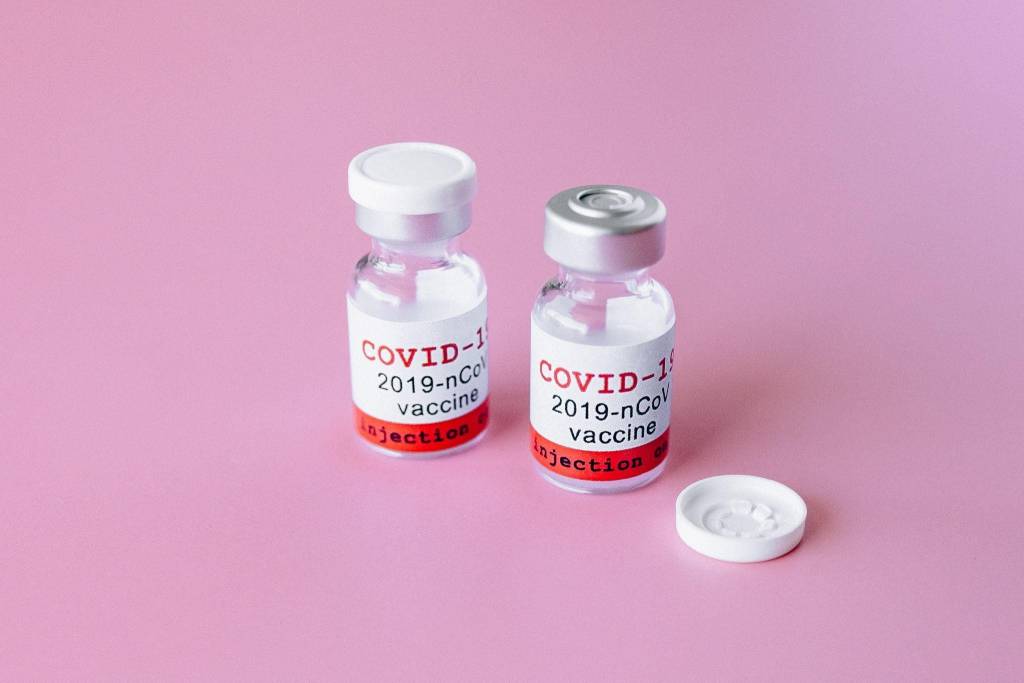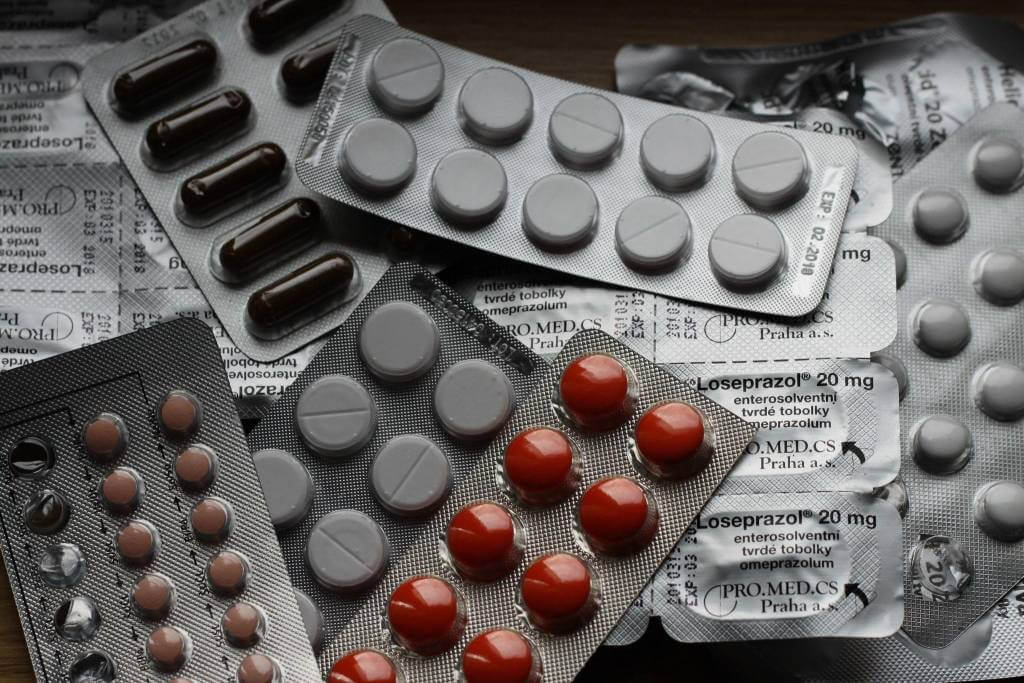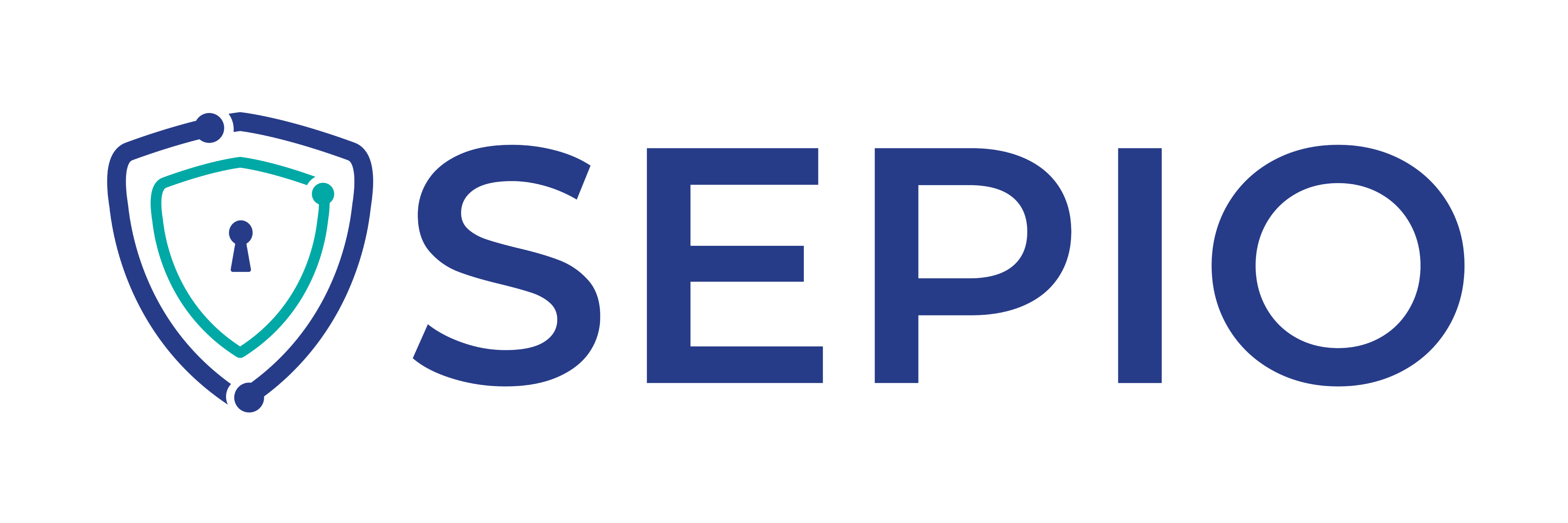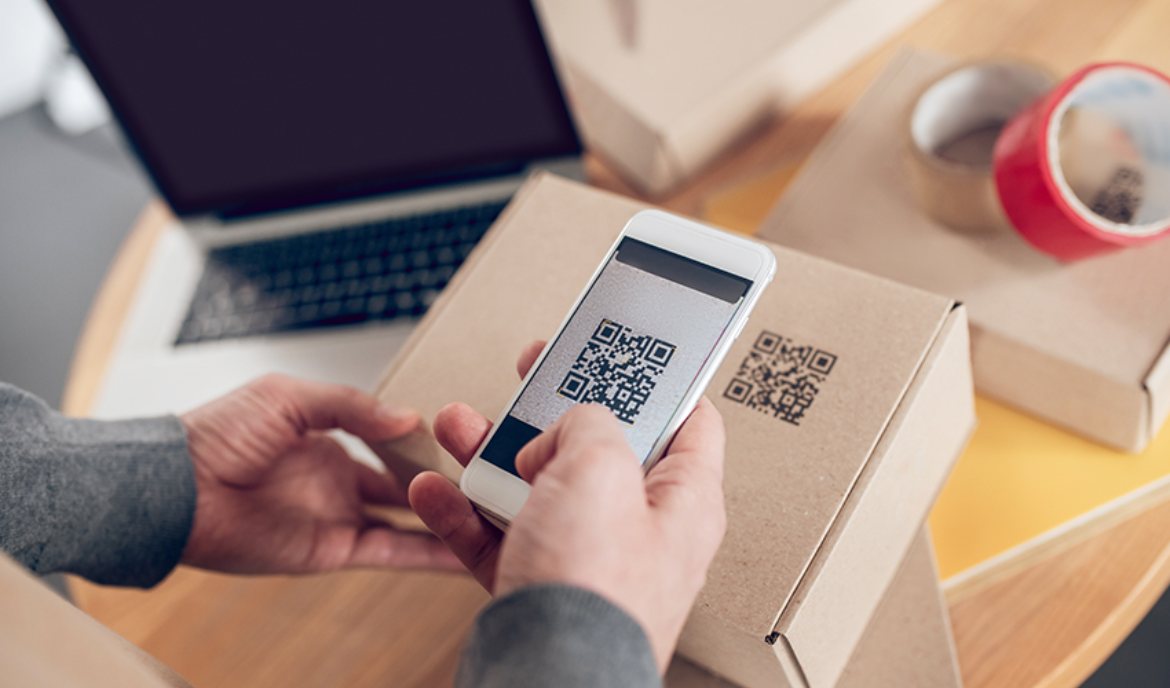Why Indian Drug Brands Are Adopting QR Code on Packaging for Product Authentication
When it comes to healthcare and medicines, India is amongst the top medicinal providers in the world. The recent COVID-19 pandemic gave the Indian pharmaceutical sector an opportunity to provide vaccines and medicines to several countries in need. Though our scientists successfully created vaccines, the pharmaceutical sector still had another big challenge: “Counterfeit drugs.”

As per reports, around 20% of medicines that are made in India are counterfeit, and at least 3% are made of substandard drugs. So, how are pharmaceutical providers facing this challenge? They are putting unique product QR codeson each Active Pharmaceutical Ingredient (API) to differentiate between the real and fake drugs.
The unique approach not only helped the Indian Government tackle counterfeit drugs but also paved the way for providing safe and original medicines to patients worldwide.
Besides, this recent scenario also forced the Indian Government to take some serious steps to fight against counterfeits in the market. Reportedly, on 18th January 2022, the decision to make QR code labeling mandatory was passed. The new rule for QR codes on packagingof drugs will be applicable from 1st January 2023.
Will Anti-Counterfeit Packaging Remove Falsified Medicines from Markets?
Counterfeit drugs, made of substandard ingredients, have been found in the Indian market for ages. People buy these medicines as they are affordable, have similar functions as original medicines, and are readily available. But, they don’t understand that these counterfeit medicines can affect their health greatly.
As per the latest reports, around 75% of global medicines that were spurious were found in India and other 29 Asian countries. But, how can anti-counterfeit packaging fight against the dealers who are responsible for designing such medicines?

If the manufacturers start labeling anti-counterfeit QR codes on medicines, it might help in differentiating the products. Additionally, the manufacturers can insert the data related to the medicines, like their active ingredients, expiry dates, dosage instructions, and other similar information in the QR codes. Whenever the end customer scans the QR code, they can view the data on a website or PDF and verify that the medicine is, indeed, authentic.
Challenges In Executing Anti-Counterfeit Solutions For Medicines
Every idea comes with some major challenges, which one has to tackle in order to succeed. In the case of fighting counterfeit products, the challenge is how to implement product QR codes in pharmaceutical packaging?
When it comes to bottles and tonics, the manufacturer can add the product QR codeson the packaging directly and let the consumer scan them. But in the case of tablets, the same is not possible due to lack of space. Here, the best solution will be to remove all the medicinal information and insert the QR codes that will contain everything, from ingredients to expiry dates, in a PDF.
Benefits of Using QR Codes in Pharmaceutical Packaging
The Indian health ministry has made it mandatory to use QR codes for each step of manufacturing major APIs, like Calpol, Dolo, Azythral, Montair, Allegra, Augmentin, Pan D, etc. Though it is a great step, how will the manufacturers benefit from this decision?
Implementing QR codes on each step is tedious and expensive. But, the plus point is that it’s a one-time investment with high returns for the manufacturers. How? Read on to find out.
Once you start using QR codes on each step of the supply chain, you can easily view the products through any track and trace software and get several supply chain and operational data. As APIs form the major percentage while manufacturing any medicine, it’s important to keep a record on the suppliers and maintain the authenticity of the ingredients.
With the help of QR codes, product traceability can become a reality. These smart QR codes can help you figure out if any medicines are missing from the warehouse and track their last known position as well. Product traceability makes it possible for pharma industry to deal with counterfeit medicines and prevent illegal dealers from selling them in the market.
But when we talk about the benefits of smart packaging solutions, brand awareness holds a major share of it. Once you adopt QR codes and implement them on your smart packages, it will clear your path from counterfeiters and illegal dealers. As maximum counterfeiters use brand’s misspelt name on the packages to sell medicines, consumers find it difficult to differentiate between real and duplicate packages. But once you implement QR codes on packaging, you can avoid such scenarios and spread awareness amongst customers.
The Indian pharmaceutical sector needs to adopt QR codes in supply chains so that there are fewer counterfeit drugs in the market. Why? That’s because it’s one of the biggest medicinal providers in the world, and has the responsibility to deliver safe and correct medicines worldwide. Besides, one single mistake can cost a lot of lives. That’s why, the Indian pharma sector needs to adopt digital first anti-counterfeit solutions so that the entire supply chain is safe.
If you want to know more about anti-counterfeit packaging,contact Sepio solutions at [email protected]


Add Comment